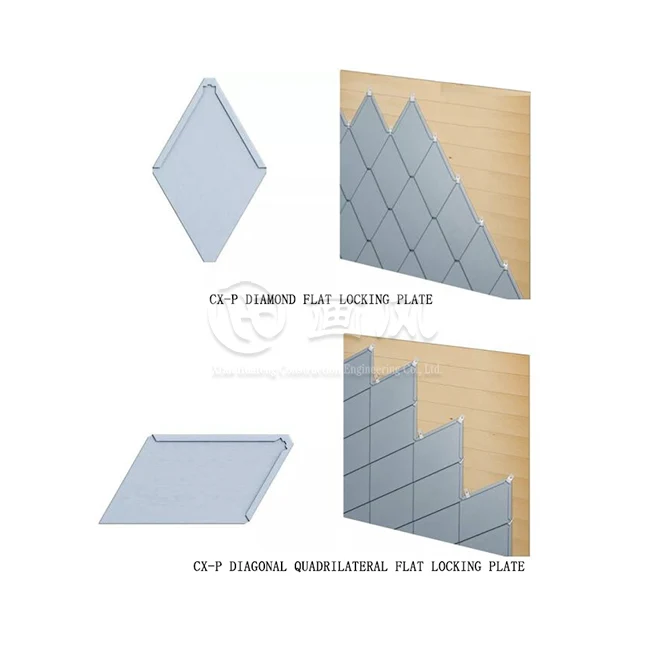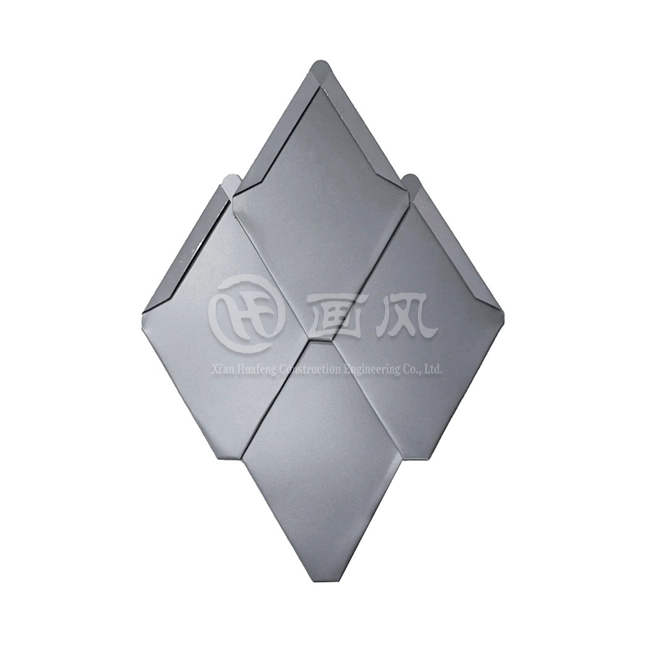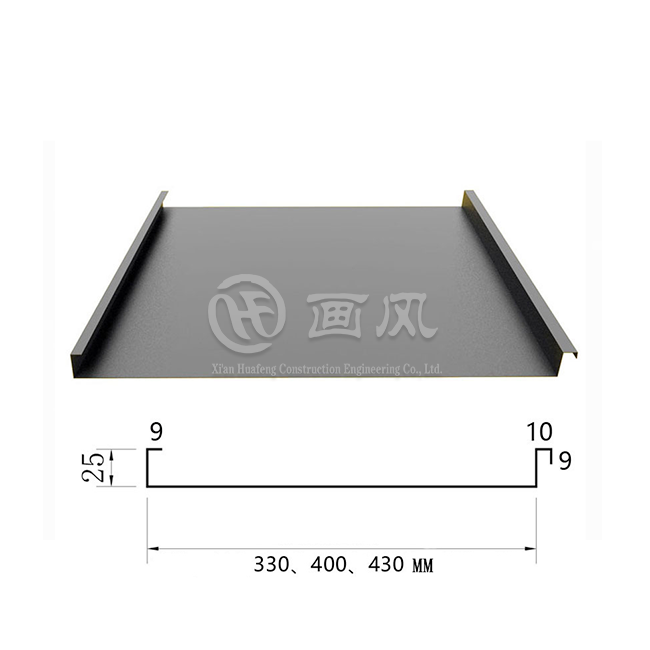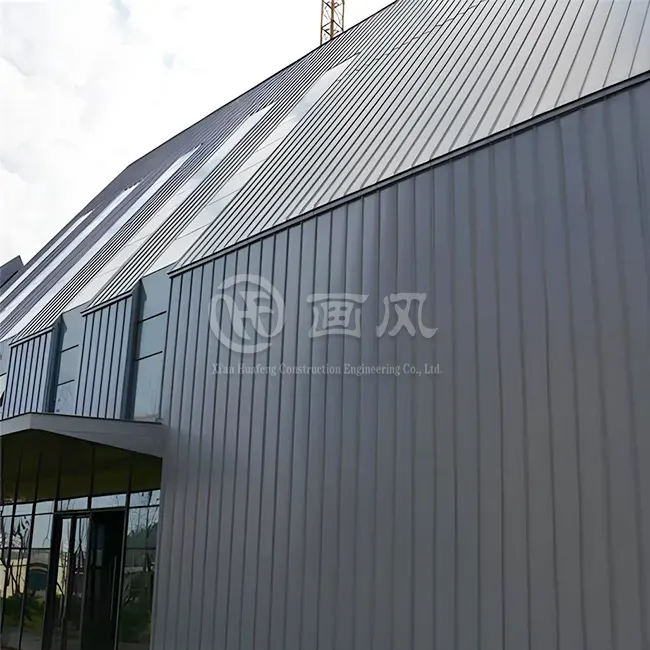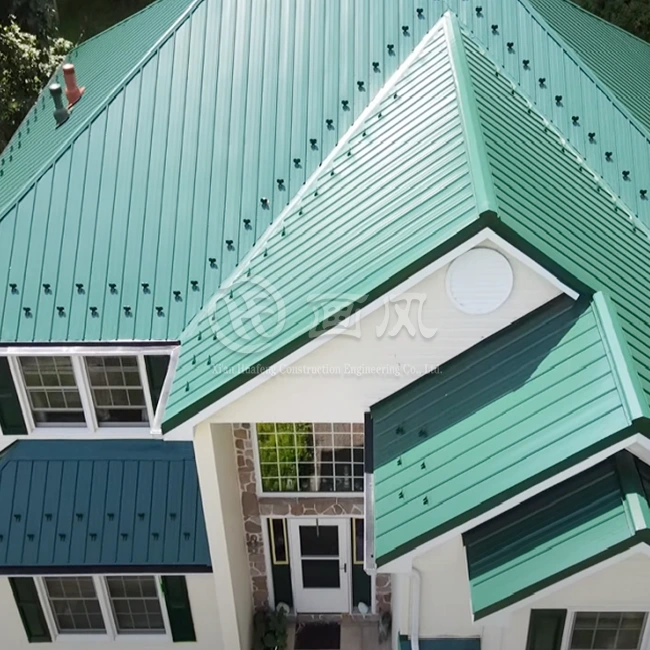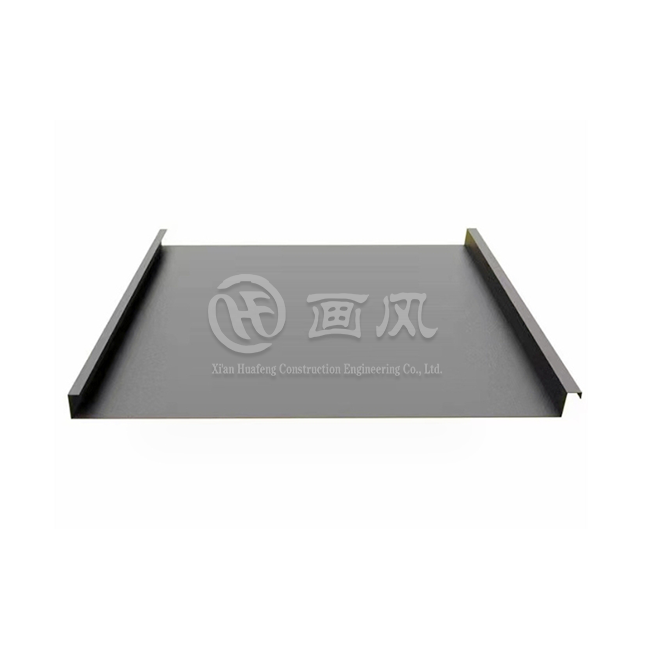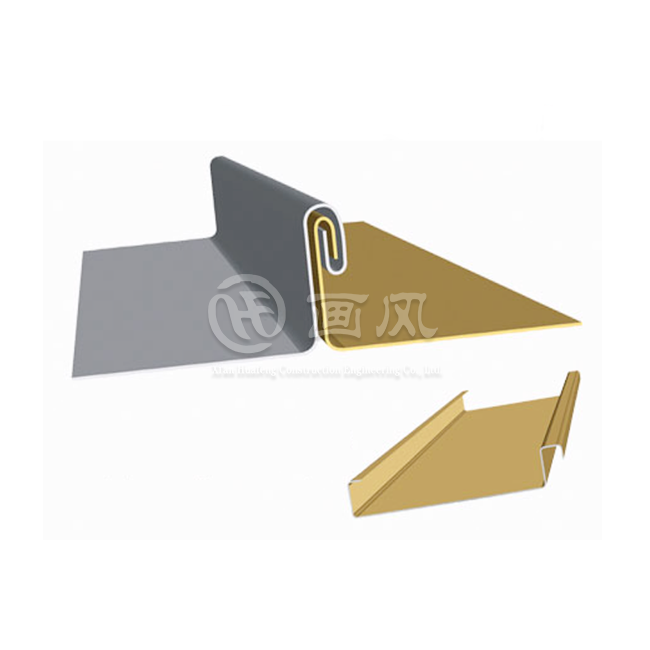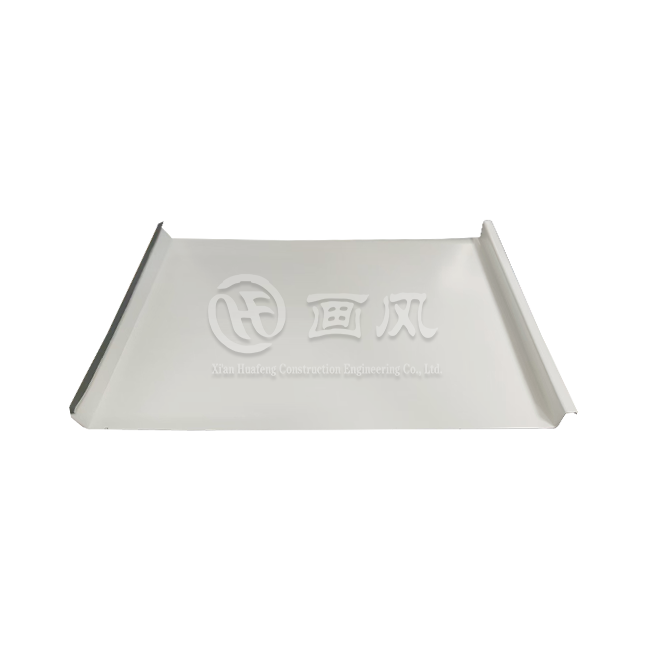When it comes to protecting your home from water damage, gutters play a crucial role. Among the various options available, 6 inch aluminum gutters are a popular choice for many homeowners. However, there's often confusion between seamless and traditional versions of these gutters. This blog post will delve into the key differences between seamless and traditional 6 inch aluminum gutters, exploring their unique characteristics, installation processes, and long-term performance. By understanding these distinctions, you'll be better equipped to make an informed decision for your home's gutter system, ensuring effective water management and prolonged structural integrity.
Understanding Seamless and Traditional 6 Inch Aluminum Gutters
Defining Seamless 6 Inch Aluminum Gutters
Seamless 6 inch aluminum gutters are a modern innovation in rainwater management systems. These gutters are fabricated on-site using specialized machinery that extrudes a continuous piece of aluminum to fit the exact dimensions of your roof's edge. The term "seamless" refers to the absence of joints along the length of the gutter, except at corners and downspout locations. This design minimizes the potential for leaks and enhances the overall aesthetic appeal of your home's exterior. The manufacturing process for seamless gutters involves feeding a coil of aluminum through a gutter-forming machine. This machine shapes the metal into the desired gutter profile, typically a 6-inch width for residential applications. The result is a custom-fit gutter that spans the entire length of your roofline without interruption.
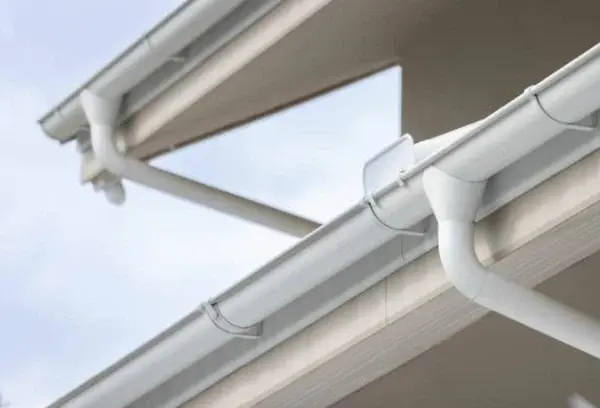
This seamless construction is particularly advantageous for homes with long, uninterrupted roof edges, as it eliminates the need for multiple sections and connection points. One of the key benefits of seamless 6 inch aluminum gutters is their superior water-handling capacity. The 6-inch width allows for a greater volume of water to be channeled away from your home's foundation, making them an excellent choice for areas with heavy rainfall or homes with large roof areas. Additionally, the seamless design reduces the risk of debris accumulation at joint locations, which can lead to clogs and overflow issues in traditional gutter systems.
Exploring Traditional 6 Inch Aluminum Gutters
Traditional 6 inch aluminum gutters, also known as sectional gutters, have been a staple in residential and commercial construction for decades. These gutters are manufactured in pre-cut sections, typically ranging from 10 to 20 feet in length. The sections are then assembled on-site during installation, with each piece connected using sealants and fasteners to create a continuous gutter system along the roofline. The construction of traditional gutters involves a process called roll forming, where flat aluminum sheets are fed through a series of rollers that gradually shape the metal into the desired gutter profile.
This method allows for mass production of gutter sections, which can be easily transported and stored. The 6-inch width of these gutters provides ample capacity for water drainage, making them suitable for a wide range of applications. One of the advantages of traditional 6 inch aluminum gutters is their versatility in installation. The pre-cut sections can be easily modified on-site to accommodate various roof configurations and architectural features. This flexibility makes traditional gutters a popular choice for homes with complex rooflines or unique design elements. Additionally, the sectional nature of these gutters allows for easier repairs, as damaged portions can be replaced without affecting the entire system.
Comparing Material Composition and Durability
Both seamless and traditional 6 inch aluminum gutters share similar material compositions, typically utilizing aluminum alloys that offer a balance of strength, corrosion resistance, and lightweight properties. The aluminum used in gutter manufacturing is often treated with protective coatings or paint finishes to enhance durability and aesthetic appeal. These treatments help the gutters withstand exposure to UV radiation, temperature fluctuations, and atmospheric pollutants. In terms of durability, seamless gutters generally have a slight edge due to their continuous construction. The absence of joints along the gutter length reduces the potential for weak points that could lead to leaks or separations over time. Traditional gutters, while still durable, may require more frequent maintenance and inspection of joint areas to ensure ongoing performance.
However, both types of gutters can provide long-lasting protection for your home when properly installed and maintained. The thickness of the aluminum used in gutter fabrication, often referred to as the gauge, can vary between manufacturers and gutter styles. Generally, both seamless and traditional 6 inch aluminum gutters are available in a range of gauges, with thicker materials offering increased durability and resistance to denting or bending. When selecting a gutter system, it's important to consider the climate and environmental factors in your area to determine the most appropriate gauge for your needs.
Installation Processes and Considerations
Seamless Gutter Installation Techniques
The installation of seamless 6 inch aluminum gutters is a specialized process that requires professional equipment and expertise. The process begins with a thorough assessment of the roofline and fascia board to determine the optimal placement and pitch for the gutters. Once measurements are taken, the installation team arrives with a truck-mounted gutter machine that will fabricate the gutters on-site. The gutter machine extrudes the aluminum coil into the desired 6-inch profile, cutting it to the exact length needed for each run of the roofline. This custom fabrication eliminates waste and ensures a perfect fit.
The seamless sections are then carefully lifted and attached to the fascia board using hidden hangers or brackets. Special attention is given to maintaining the proper slope to ensure efficient water flow towards the downspouts. At corners and endpoints, the installers will create custom miters and end caps to complete the system. Downspouts are then attached at strategic locations to direct water away from the foundation. The seamless nature of the gutters means that there are fewer potential leak points, resulting in a more reliable and aesthetically pleasing installation. However, this specialized process typically requires professional installation, which may impact the overall cost of the project.
Traditional Gutter Installation Methods
The installation of traditional 6 inch aluminum gutters follows a different approach, relying on pre-manufactured sections that are assembled on-site. The process begins with measuring and marking the roofline to determine the placement of gutter sections and downspouts. Installers then cut the pre-formed gutter pieces to the appropriate lengths using specialized cutting tools. Once the sections are prepared, they are joined together using sealants and rivets or screws to create a continuous run. The connected sections are then attached to the fascia board using spikes, ferrules, or hidden hangers.
As with seamless gutters, maintaining the proper slope is crucial for effective water drainage. Installers must carefully adjust each section to ensure a consistent pitch along the entire length of the gutter. Corner pieces, end caps, and downspouts are added to complete the system. The sectional nature of traditional gutters allows for greater flexibility in working around complex roof designs or architectural features. Additionally, the installation process for traditional gutters can often be completed by experienced DIY enthusiasts, potentially reducing installation costs. However, proper sealing of joints is critical to prevent leaks and ensure long-term performance.
Comparing Installation Efficiency and Adaptability
When comparing the installation processes of seamless and traditional 6 inch aluminum gutters, several factors come into play. Seamless gutter installation generally offers greater efficiency for long, straight runs of roofline. The on-site fabrication eliminates the need for multiple joints and reduces the time spent on sealing and connecting sections. This can result in a faster overall installation process, particularly for larger homes or commercial buildings. Traditional gutters, on the other hand, provide greater adaptability for complex roof designs. The pre-cut sections can be easily modified to accommodate unusual angles, curves, or obstructions. This flexibility can be advantageous in situations where the roofline presents challenges that might be difficult to address with a seamless system.
Additionally, the modular nature of traditional gutters allows for easier replacement of damaged sections without affecting the entire system. In terms of labor requirements, seamless gutter installation typically demands specialized skills and equipment, often necessitating professional installation. Traditional gutters, while still benefiting from professional expertise, can be installed by experienced homeowners or general contractors. This difference in skill requirements can impact the overall cost and timeline of the gutter installation project.
Long-Term Performance and Maintenance Considerations
Seamless Gutter Longevity and Upkeep
Seamless 6 inch aluminum gutters are renowned for their durability and low maintenance requirements. The absence of joints along the gutter length significantly reduces the potential for leaks, which is a common issue with traditional sectional gutters. This seamless construction minimizes weak points where water can seep through, resulting in a more reliable and longer-lasting gutter system. The continuous design of seamless gutters also contributes to improved debris management. Without seams or joints to catch leaves, twigs, and other detritus, water flows more freely through the system. This reduced likelihood of clogs and blockages translates to less frequent cleaning and maintenance.
However, it's important to note that regular inspections and periodic cleaning are still necessary to ensure optimal performance and longevity. In terms of aesthetic longevity, seamless gutters maintain a clean, uninterrupted appearance along the roofline. This sleek look can enhance the overall curb appeal of your home and potentially increase its value. The factory-applied finishes on seamless aluminum gutters are typically more resistant to fading and chalking compared to paint applied to traditional gutter sections, contributing to a longer-lasting attractive appearance.
Traditional Gutter Performance Over Time
Traditional 6 inch aluminum gutters, while still effective, may require more attention over their lifespan compared to their seamless counterparts. The primary concern with sectional gutters is the potential for leaks at the joints between sections. Over time, exposure to the elements can cause sealants to deteriorate, leading to water seepage if not properly maintained. Regular inspection of joint areas is crucial for traditional gutters to identify and address any developing issues. Resealing joints periodically can help extend the life of the system and prevent water damage to the underlying structure.
Additionally, the seams in traditional gutters can sometimes trap debris, increasing the likelihood of clogs and requiring more frequent cleaning to maintain optimal water flow. On the positive side, the sectional nature of traditional gutters allows for easier repairs and replacements. If a portion of the gutter becomes damaged, it can often be replaced without the need to remove the entire system. This modularity can be advantageous in terms of long-term maintenance and cost-effectiveness, particularly for homeowners comfortable with DIY repairs.
Comparing Long-Term Cost-Effectiveness
When evaluating the long-term cost-effectiveness of seamless versus traditional 6 inch aluminum gutters, several factors come into play. Initially, seamless gutters typically have a higher upfront cost due to the specialized equipment and professional installation required. However, this investment can often be offset by reduced maintenance needs and a longer overall lifespan. Traditional gutters generally have a lower initial cost, especially if homeowners opt for DIY installation. However, the potential for more frequent maintenance, repairs, and eventual replacement of sections should be factored into the long-term cost analysis.
The need for periodic resealing of joints and more frequent cleaning can add to the ongoing expenses associated with traditional gutter systems. Ultimately, the cost-effectiveness of either system will depend on factors such as local climate conditions, the complexity of your roof design, and your willingness to perform regular maintenance. In areas with heavy rainfall or significant debris from overhanging trees, the reduced maintenance requirements of seamless gutters may provide greater long-term value. Conversely, homes in milder climates or with simpler roof configurations may find traditional gutters to be a more economical choice over time.
Conclusion
The choice between seamless and traditional 6 inch aluminum gutters ultimately depends on your specific needs, budget, and home design. Seamless gutters offer superior leak resistance and aesthetics, while traditional gutters provide flexibility and ease of repair. Consider factors such as installation costs, maintenance requirements, and long-term performance when making your decision. Regardless of your choice, proper installation and regular maintenance are key to ensuring effective water management and protecting your home's structural integrity. If you want to get more information about this product, you can contact us at huafeng@hfmetalroof.com.
References
1. "Aluminum Gutter Systems: A Comprehensive Guide" - Journal of Building Engineering, 2019
2. "Comparative Analysis of Seamless vs. Sectional Gutters in Residential Applications" - International Journal of Architectural Engineering and Design Management, 2020
3. "Longevity and Performance of Modern Gutter Systems" - Construction and Building Materials, 2018
4. "Cost-Benefit Analysis of Seamless and Traditional Gutter Installation Methods" - Journal of Construction Engineering and Management, 2021
5. "The Impact of Gutter Design on Residential Water Management" - Water Science and Technology, 2017
6. "Advancements in Aluminum Gutter Technology: A Review" - Materials Today: Proceedings, 2022









